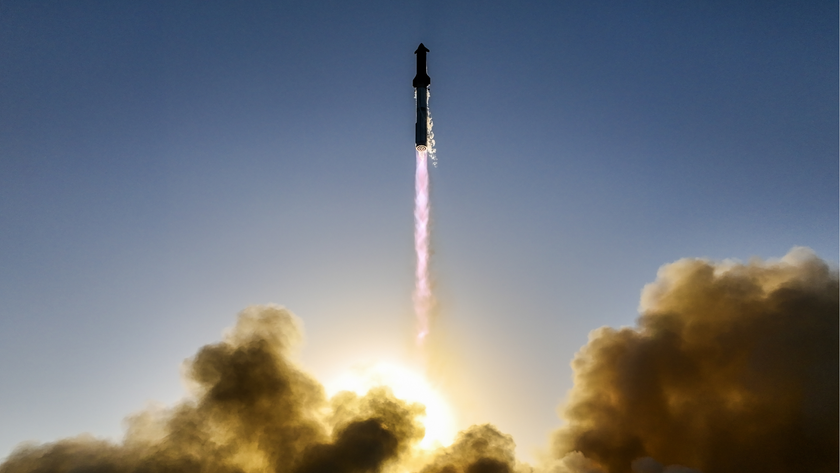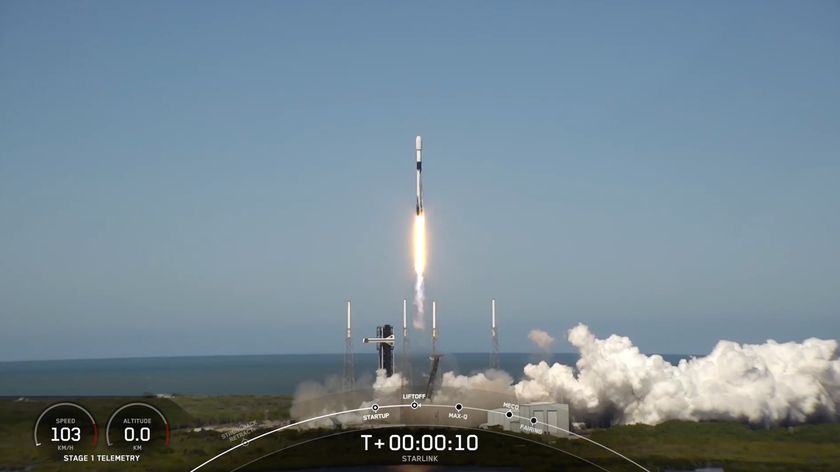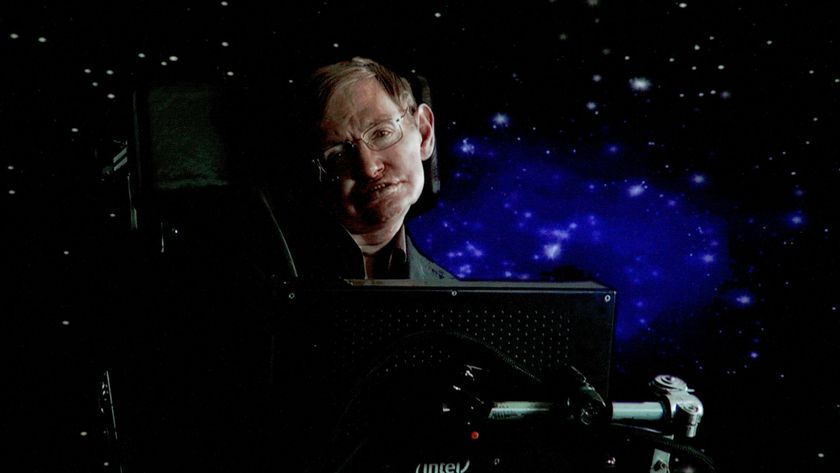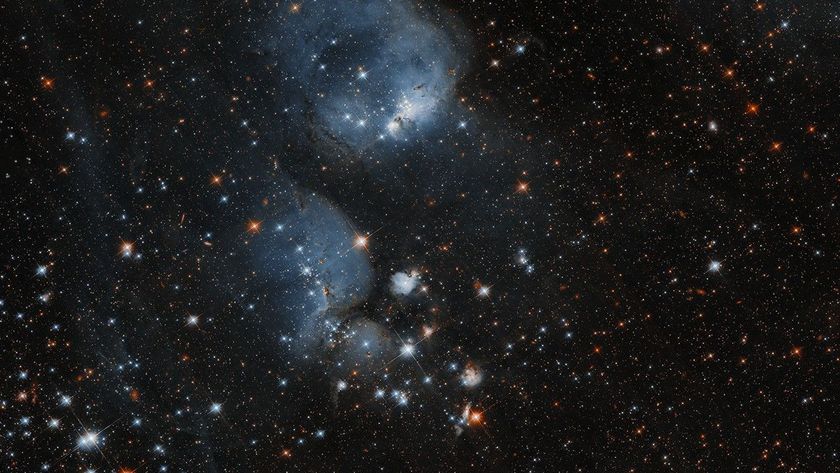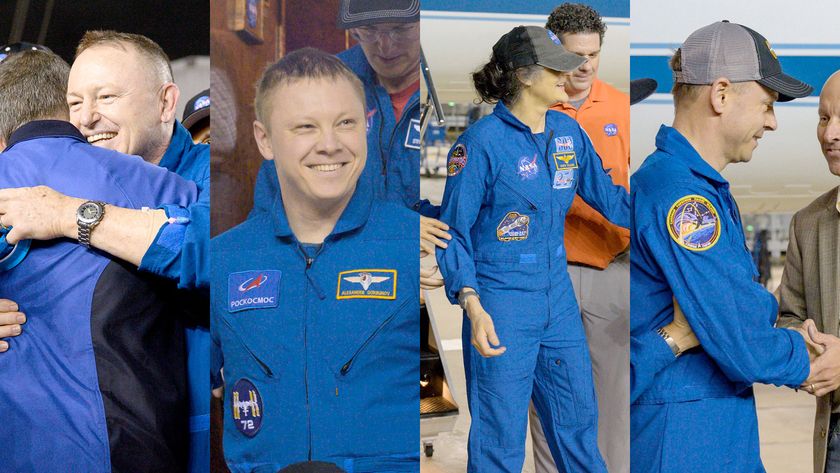Astronaut Biography: Tracy E. Caldwell
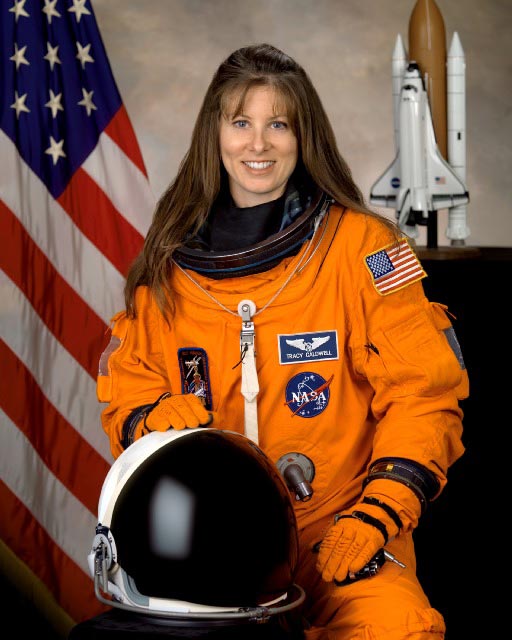
NAME: Tracy E.Caldwell (Ph.D.)
NASA Astronaut
PERSONALDATA: BornAugust 14, 1969 in Arcadia, California. Recreational interests include running,weight training, hiking, softball, basketball, and auto repair/maintenance. Asan undergraduate, she competed in intercollegiate athletics on CSUF’s trackteam as both a sprinter and long jumper.
EDUCATION: Received a Bachelor of Sciencedegree in Chemistry from the California State University at Fullerton in 1993and a Doctorate in Physical Chemistry from the University of California atDavis in 1997.
ORGANIZATIONS: Sigma Xi Research Society and theAmerican Chemical Society.
SPECIALHONORS: NASAPerformance Award (2002 & 2001), NASA Go the Extra Mile (GEM) Award (2001),NASA Superior Accomplishment Award (2000), NASA Group Achievement Award -Russian Crusader Team (2000), Camille and Henry Dreyfus Postdoctoral Fellowshipin Environmental Science (1997). Outstanding Doctoral Student Award inChemistry from the University of California Davis (1997). American Vacuum Society- Nellie Yeoh Whetten Award (1996). American Vacuum Society Graduate ResearchAward (1996). Pro Femina Research Consortium Graduate Research Award (1996).Pro Femina Research Consortium Graduate Award for Scientific Travel (1996).
Universityof California, Davis Graduate Research Award (1996). University of California,Davis Graduate Student Award for Scientific Travel (1994). Patricia RobertsHarris Graduate Fellowship in Chemistry (1993-1997). Lyle Wallace Award forService to the Department of Chemistry, California State University Fullerton(1993). National Science Foundation Research Experience for UndergraduatesAward, (1992). Council of Building & Construction Trades Scholarship (1991and 1992). Big West Scholar Athlete (1989-1991).
EXPERIENCE: As an undergraduate researcher atthe California State University, Fullerton (CSUF), Dr. Caldwell designed,constructed and implemented electronics and hardware associated with alaser-ionization, time-of-flight mass spectrometer for studying atmospherically-relevantgas-phase chemistry. Also at CSUF, she worked for the Research andInstructional Safety Office as a lab assistant performing environmentalmonitoring of laboratories using hazardous chemicals and radioactive materials,as well as calibrating survey instruments and helping to process chemical andradioactive waste.
Get the Space.com Newsletter
Breaking space news, the latest updates on rocket launches, skywatching events and more!
During thattime (and for many years prior) she also worked as an electrician/insidewireman for her father’s electrical contracting company doing commercial andlight industrial type construction. At the University of California, Davis, Dr.Caldwell taught general chemistry laboratory and began her graduate research.Her dissertation work focused on investigating molecular-level surfacereactivity and kinetics of metal surfaces using electron spectroscopy, laserdesorption, and Fourier transform mass spectrometry techniques. She alsodesigned and built peripheral components for a variable temperature, ultra-highvacuum scanning tunneling microscopy system.
In 1997, Dr.Caldwell received the Camille and Henry Drefus Postdoctoral Fellowship inEnvironmental Science to study atmospheric chemistry at the University ofCalifornia, Irvine. There she investigated reactivity and kinetics ofatmospherically relevant systems using atmospheric pressure ionization massspectrometry, Fourier transform infrared and ultraviolet absorptionspectroscopies. In addition, she developed methods of chemical ionization forspectral interpretation of trace compounds. Dr. Caldwell has published andpresented her work in numerous papers at technical conferences and inscientific journals.
Dr. Caldwellis a private pilot and conversational in American Sign Language (ASL) andRussian.
NASAEXPERIENCE:Selected by NASA in June 1998, Dr.Caldwell reported for training in August 1998. Astronaut Candidate Training includedorientation briefings and tours, numerous scientific and technical briefings,intensive instruction in Shuttleand InternationalSpace Station (ISS) systems, physiological training, ground school toprepare for T-38 flight training, as well as learning water and wildernesssurvival techniques. Completion of this training and evaluation qualified herfor flight assignment as a mission specialist.
In 1999, Dr.Caldwell was first assigned to the Astronaut Office ISS Operations Branch as aRussian Crusader, participating in the testing and integration of Russianhardware and software products developed for ISS. In 2000, she was assignedprime Crew Support Astronaut for the 5th ISSExpedition crew, serving as their representative on technical andoperational issues throughout the training and on-orbit phase of their mission.
During ISS Increments4-6, Dr. Caldwell also served as an ISS spacecraft communicator (CAPCOM) insideMission Control. In 2003, she transitioned to the Astronaut Shuttle OperationsBranch and was assigned to flight software verification in the Shuttle AvionicsIntegration Laboratory (SAIL) and also worked supporting launch and landingoperations at Kennedy Space Center, Florida. She served as Lead CAPCOM for Increment11. Dr. Caldwell is assigned to the crewof STS-118 targeted for launch in 2007. STS-118 will deliver to the stationthe third starboard truss segment, an external stowage platform, and logisticsand supplies in a SPACEHAB single cargo module.
LastUpdated: May 2006
- NASA's STS-118: Teaching the Future Through ISS Assembly
- SPACE.com VIDEO Interplayer: Space Station Construction with STS-117
- Complete Space Shuttle Mission Coverage
Join our Space Forums to keep talking space on the latest missions, night sky and more! And if you have a news tip, correction or comment, let us know at: community@space.com.

The National Aeronautics and Space Administration (NASA) is the U.S. government agency in charge of the civilian space program as well as aeronautics and aerospace research. Founded in 1958, NASA is a civilian space agency aimed at exploring the universe with space telescopes, satellites, robotic spacecraft, astronauts and more. The space agency has 10 major centers based across the U.S. and launches robotic and crewed missions from the Kennedy Space Center in Cape Canaveral Florida. It's astronaut corps is based at the Johnson Space Center in Houston. To follow NASA's latest mission, follow the space agency on Twitter or any other social channel, of visit: nasa.gov.
